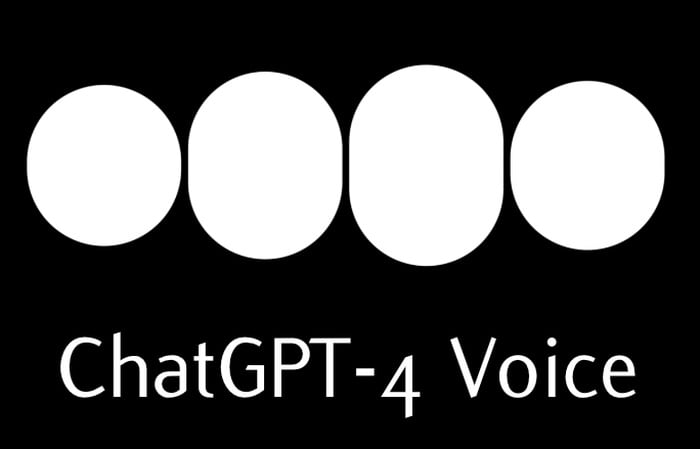OpenAI has recently started rolling out its new voice communication technology for its ChatGPT Plus account holders. If you’re interested in learning more about the new ChatGPT-4 Voice feature this quick guide will provide an overview of the technologies used by OpenAI to create the amazing technology as well as a quick video demonstrating how you can now talk to ChatGPT if preferred. To set up ChatGPT voice on your iPhone and Android check out our previous article.
This new feature is set to revolutionize the way users interact with the AI, making it more accessible and user-friendly. This article will delve into the details of this new feature, its usage, and the benefits it brings to Plus and Enterprise users.
ChatGPT, known for its text-based conversational abilities, is now introducing a beta version of voice conversations. This feature is expected to be rolled out to Plus and Enterprise users over the next two weeks. The voice capability is powered by models including Whisper, an open-source speech-to-text model, and a new text-to-speech model. This allows for back-and-forth interactions with ChatGPT, making it more interactive and engaging.
The voice conversation feature is not limited to desktop users. It is also available on ChatGPT mobile apps for both iOS and Android, making it accessible to a wider range of users. This feature is expected to enhance the user experience, making it more convenient and versatile.
ChatGPT-4 Voice
Other articles you may find of interest on the subject of ChatGPT-4 Voice.
One of the exciting aspects of this new feature is the option to choose from five different output voices for ChatGPT. This allows users to customize their interaction with the AI, making it more personalized and enjoyable. Furthermore, both GPT 3.5 and GPT 4 are available for use in voice conversations, providing users with a range of options to suit their needs.
In terms of usage, there is no volume limit for voice conversations in ChatGPT. The volume is controlled on the device, giving users full control over their interaction with the AI. Additionally, there is no limit on the duration of a voice conversation, allowing for extended interactions if desired.
Voice transcripts used to improve AI models
To use the voice conversation feature, certain settings need to be enabled. Chat History & Training from Data Controls must be toggled ON for voice conversations to review the transcript. It’s important to note that during the beta phase, audio clips from voice conversations are not saved. They are transcribed and then deleted, ensuring user privacy.
The transcriptions are used as inputs to ChatGPT and may be used to improve models, depending on user settings. This means that the more users interact with the AI, the better it can become at understanding and responding to user inputs. The voice conversation feature is designed to be hands-free until exited, with manual controls to pause, resume, and exit. Users can start a voice conversation by tapping the headphones icon and can exit by tapping the X icon. This makes it easy to use, even for those who are not tech-savvy.
Safety measures have been put in place to ensure that the voice conversation feature is used responsibly. If prompts are not in line with usage policies, users can provide feedback on this. Additionally, users can specify a preferred language in Settings for more accurate detection in the voice input feature.
The introduction of voice conversations in ChatGPT is a significant step forward in the field of AI. It enhances the user experience, making interactions with the AI more engaging and personalized. As the feature is refined based on user feedback, it is expected to become an integral part of the ChatGPT experience. To learn more about using the ChatGPT-4 Voice communication system jump over to the official OpenAI support website.
Filed Under: Guides, Top News
Latest aboutworldnews Deals
Disclosure: Some of our articles include affiliate links. If you buy something through one of these links, aboutworldnews may earn an affiliate commission. Learn about our Disclosure Policy.







